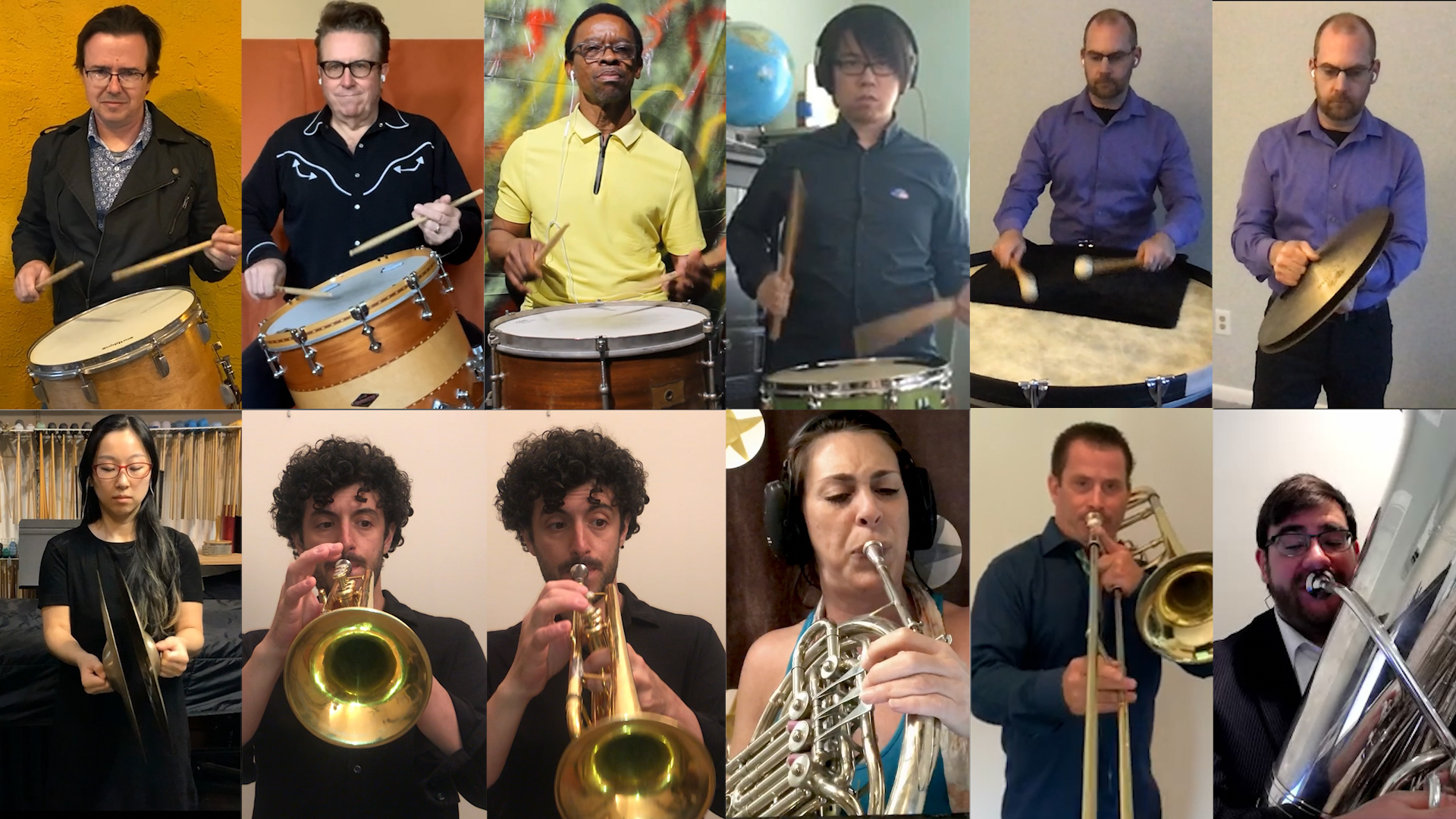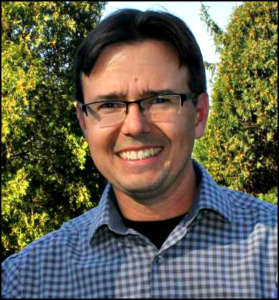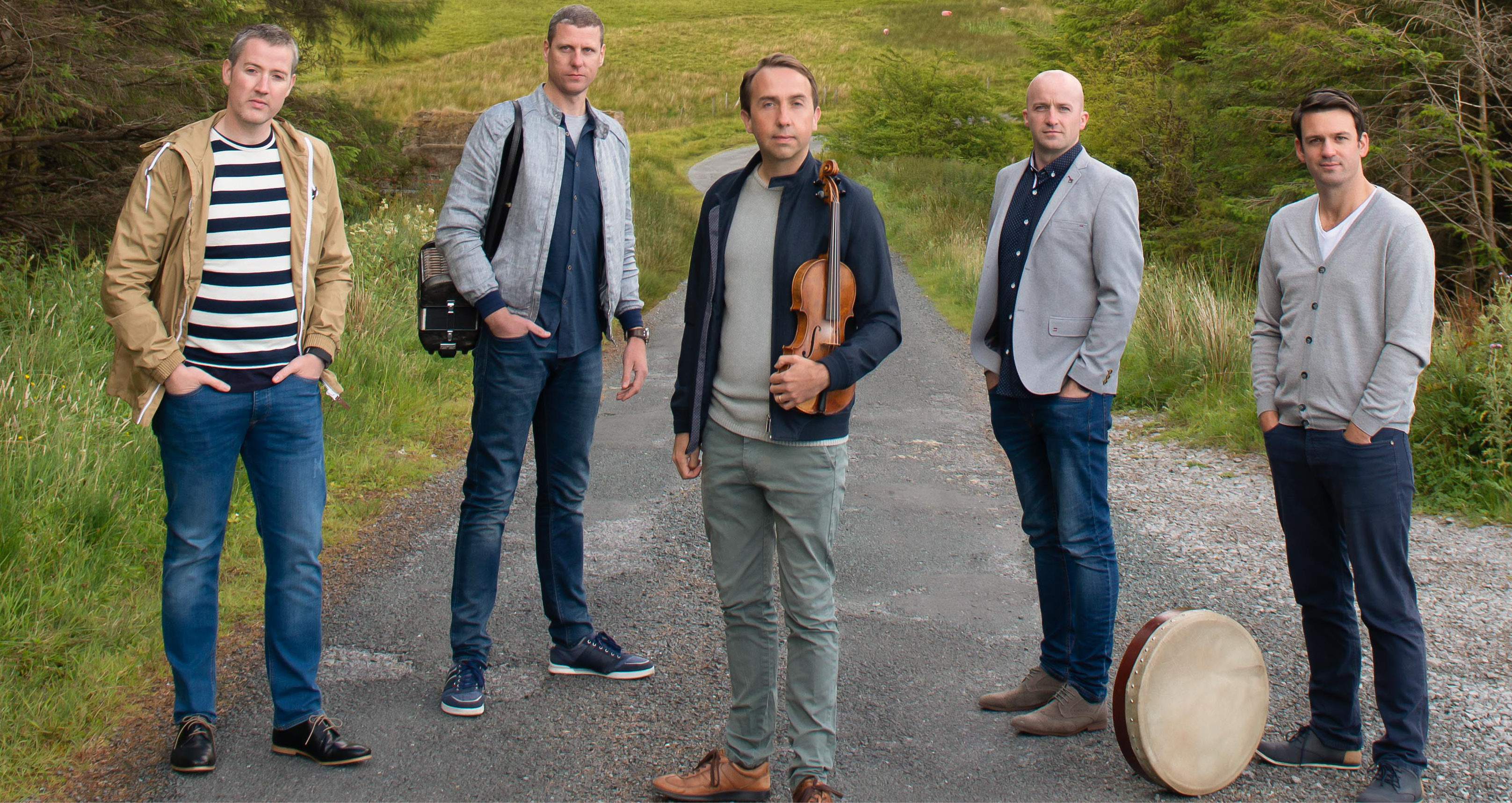When the great covid-19 shutdown began, percussionist Sean J. Kennedy went back to school.
Way back.
A Lower Gwynedd resident and band director at Sandy Run Middle School in the Upper Dublin School District, Kennedy is also an award-winning author of percussion texts whose work has been performed at Carnegie Hall and a working musician who has performed with many orchestras over the years.
One of the first tunes he learned as a kid was “Downfall of Paris,” dating back to the 1700s, said to be one of Ben Franklin’s favorites. It’s taught to young drummers everywhere because it blends many, if not most, of the basic drum rudiments that form the building blocks of percussion. Rudimental drum exercises like the paradiddle—right left right right-left right left left—and rolls.
“I just remember it as a kind of hill to climb in high school,” Kennedy says. “This piece brought everything together. It was a real piece of music that drummers knew all around the world. This piece has been with me my whole life because I’d go to conventions or trade shows and a bunch of drummers would be standing around saying, ‘We should play something.’ Most times, everyone knows ‘Downfall of Paris,’ and we’d just start hacking away at it on drum pads or tables. I still have the book that I studied out of. I use it for all my students coming up, rudimental solos that every drummer should know. I think of ‘Downfall of Paris,’ ‘The Three Camps’ and ‘Connecticut Halftime.’ Those three are the pillars in the world of rudimental drumming.”
Now, Kennedy is helping one of those pillars make a comeback, in a big way—due in large part to the pandemic quarantine. With all that spare time, he has composed a score for “Downfall of Paris” for brass and percussion. With help from many of his friends, he’s put together both an audio and video recording of the performance, together with sheet music for those who want to replicate the effort.
As with so many of us, Kennedy took advantage of the need to isolate by diving into a spring cleaning project. That’s what led to his new project.
“With the national lockout, I was in my studio a lot,” Kennedy explains. “With all the gigs drying up, I’ve done some virtual projects with different bands and different ensembles, and I’m really happy about that. But prior to the lockdown, I was always preparing the repertoire for the next gig. And this really freed up my time because there weren’t that many gigs coming up. So I basically reorganized my whole studio. I moved everything around, cleaned it up, and I started going through some of the old books that I’ve had and gained a new appreciation for a lot of the mental repertoire that I did in my formative years. And that’s kind of what really inspired me to ask other people to participate.”
One of the books Kennedy reviewed in his unscheduled off time was the Haskell W. Harr Method—a rudimentary percussionist’s bible. Most of the percussion score he wrote remains true to the version of “Downfall of Paris” in the second book of the Harr Method. There are some variations, but overall the piece is completely recognizable to aficionados of the original score. “If there happen to be any ‘Downfall of Paris’ snobs out there, they might not like one or two of the measures, but overall it stays about 99 percent true to the original,” he says. “I just changed a few things because I thought it grooved better.”
The brass part was originally scored for fife. He came up with his original version of the brass composition six or seven years ago while accompanying a local ensemble called the Hickory Brass. In a brass ensemble, Kennedy says, the drummer usually takes something of a back seat. His version of “Downfall of Paris” brings the drummer more to the fore.
Which is not to suggest that the brass instruments play off in the shadows somewhere. “I put it in a different key, and I added harmony and some counter-melodies that weren’t in the original,” Kennedy says. “By and large, the trumpets are in charge and lead the way with the melody, but the French horn, trombone and the tuba all have their moments in the sun. Everyone gets a little turn in the spotlight.”
The “Downfall of Paris” video project took its cue, so to speak, from previous pandemic-inspired video ventures with which he became involved. Until March, Kennedy had never taken part in such a thing.
He first dipped his toe into video when a friend who plays in the 8-Bit Big Band in New York mentioned that the band had put out an international call for musicians to take part in a mass virtual orchestra. “I forget how many musicians he had,” Kennedy says. “He had hundreds of musicians in this thing and I said, ‘I’ll give it a try.’ After that, I was hooked and I thought, all right, I can do this. And I thought I could manage one myself.”
In the back of his mind, Kennedy knew that “Downfall of Paris” was ripe for video experimentation.
He started by contacting an old friend, Chris Coletti, a trumpeter who had recently retired from The Canadian Brass, who agreed to join the effort. He recommended that Kennedy put together the percussion section, and then they’d fill in the brass section with other friends and acquaintances.
Initially, Kennedy wanted to go big, with a mass brass ensemble. Coletti persuaded him to pare things down to five brass players.
Here’s how it all finally broke down.
On percussion, Kennedy, of course, along with one of Kennedy’s former students, David Lu, associate principal timpanist and section percussionist for the Shanghai Philharmonic; Clayton Cameron, who won a Grammy with Tony Bennett for Bennett’s unplugged CD in the ‘90s; well-known studio drummer Bernie Dresel; New York-based freelance percussionist Chihiro Shibayama; and Dave Nelson, principal timpanist for the Philly Pops.
In the brass section, Coletti, doing double duty on trumpets 1 and 2; on trombone, principal trombonist for the Philadelphia Orchestra Nitzan Haroz; classically trained freelancer Tawnee Lyn on French horn (you’ve heard her on the soundtrack for Star Wars; Rogue One); and professional tubist David Earll.
Kennedy started by laying down a track with a computerized version of the brass track, together with himself on snare drum. From there, each musician added his or her individual part and passed it along to the next, stacking one track on top of another.
He dubbed the ensemble the Rolling Buzzards Brigade—a name that dawned on him, he suspects, while he was doing something mundane, like mowing the lawn. “My mind was wandering, trying to think of things,” he recalls. “And I thought, what do drummers do? What do brass players do? They buzz. They roll. And then I saw some turkey buzzards—and I thought, that’s it! Rolling Buzzards. That’s catchy!”
Kennedy tapped another friend of his, professional audio engineer Andrew Torre, to mix the tracks, and asked another acquaintance, Rob Simmons of Chicago, to assemble the video.
As with so many musicians who have had to learn how to disseminate their music via video performances, Kennedy says he has learned new skills that make him a better musician.
“Almost 10 years ago, my parents had bought me as a gift some recording gear, microphones and software and interfaces and whatnot. And I never opened it until the pandemic hit because I never had the time to invest to learn it,” Kennedy says. “So over the last two months I’ve become really adept at recording myself in the house. And that’s the biggest advance I’ve made as a musician, my ability to use software and microphones. It wouldn’t have happened if I hadn’t been locked up.”
The audio should be available soon on iTunes and wherever you get your podcasts. The sheet music is available on Kennedy’s website.
Here’s the video. (Best with headphones.)



